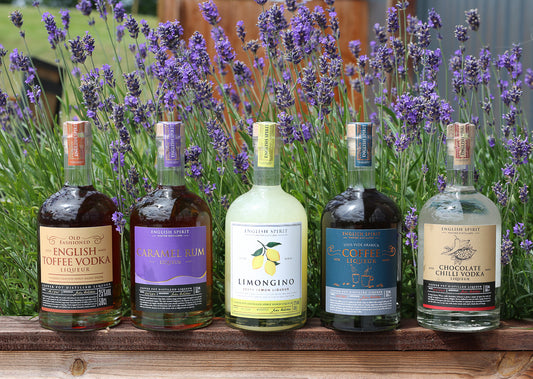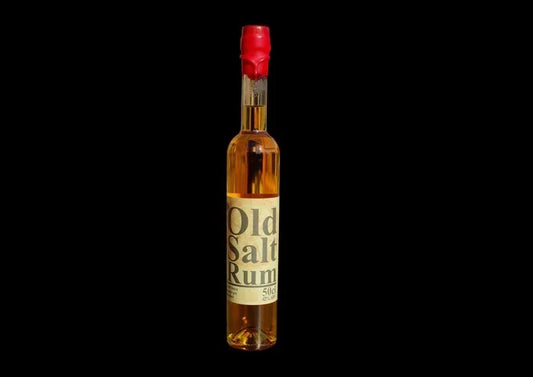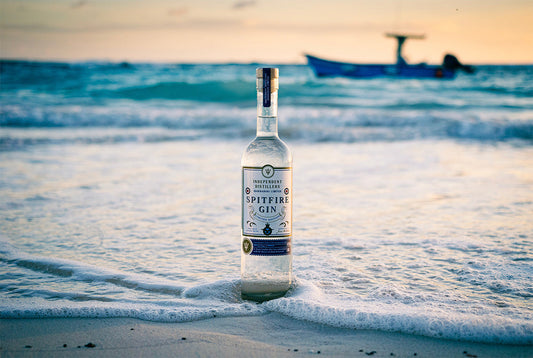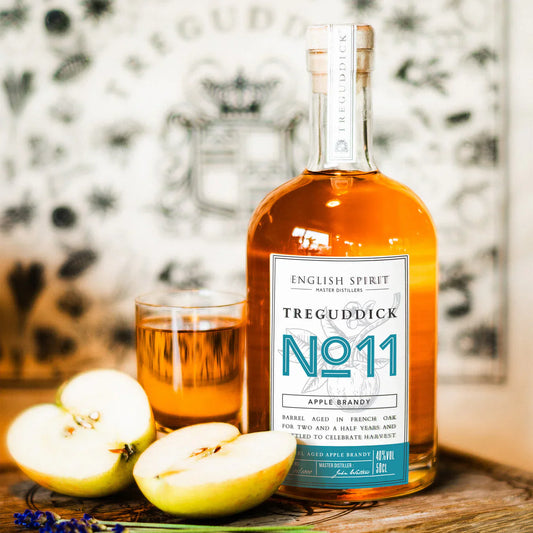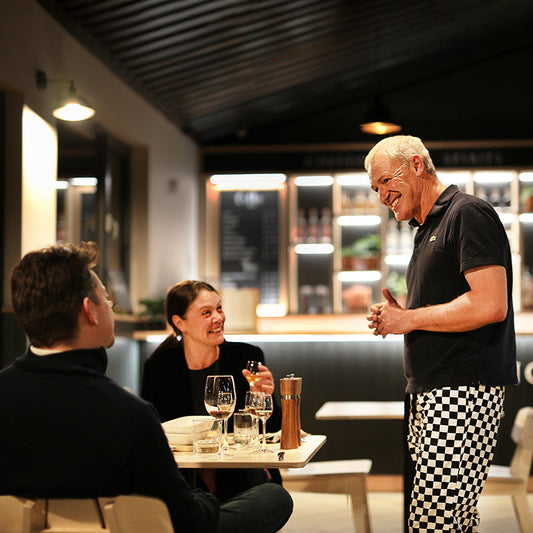
You’ve probably noticed the subtle shortening of our evenings as the golden hour creeps from after nine into the late sevens; the focus gently moves to more sedate evening dining and the need to hang on to long summer evenings for a toosh longer tempts one’s pouring hand to reach for a sip of liqueur. Aperitif or light accompaniment to the polishing sweet course to conclude dinner? Either way it's a luxurious choice worth making and taking.
Interestingly, the word "liqueur" is derived from the Latin word liquifacere, "to dissolve" or "to liquefy," indicating the infusing or dissolving of flavours into alcohol. Most likely the ancient Egyptians and Mesopotamians infused their booze with herbs, spices, and fruits; primarily for medicinal purposes rather than for enjoyment… shame.
The Greeks and Romans pressed on with the same practice and Galen did his bit to advance the use of booze as a vehicle for creating and dosing medicine. Excuses, excuses.
After the black death people needed cheering up (as well as simply not dying horribly) and Italian and French monks in particular - whilst in pursuit of immortal life - experimented with the distillation of alcohol and its infusion with herbs and spices. This led to many a notable concoction; Benedictine and Chartreuse instantly spring to mind.
Now we are very familiar with sweet liqueurs - but these didn’t gain steam until sugar took off in Europe in the 16th century; liqueurs moved from the strictly medicinal to an enjoyable drinking experience (thankfully).
By the 17th century all was gathering further momentum with Curacao and Amaretto. The 19th century saw Cointreau, Grand Marnier and Drambuie emerge and on it went.
The constant, beautiful and always fascinating spin of the thread of time. From quackery tincture to bar vanguard in a few thousand years. Nothing trivial or whimsical about the grand genre that is liqueur.
As always, cheers!
Dr. J.


